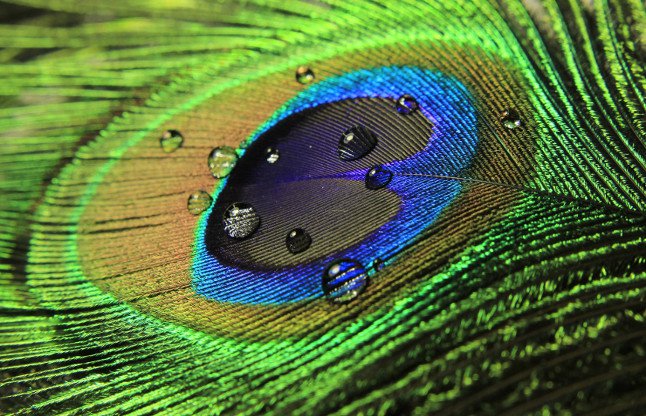
Peacock feather is considered to be very auspicious(शुभ) in Indian homes. It is considered to be part of देवताओं का गहना. It is a very commonly known fact that Lord Krishna always had a मोर पंख in his crown or head gear. This is one reason he cannot be imagined without the पंख and the मोर पंख is associated with Lord Krishna without any second thought. The auspicious belief about मोर पंख is that it attracts wealth. So having it in the house is considered very lucky. It should be placed at an easily visible place in the house. Since peacock eats snake, it is said that if you have मोर पंख in your house, you are free from the fear of snakes.
As per Hindu mythology, Lord Kartikeya(कार्तिकेय)(son of Lord Shiva) rides a peacock. The beauty of peacock is the main reason behind it being declared as the national bird of India. Wild life conservation act of 1962 declared peacock killing an offence(अपराध). The peacock dance during rainy season is a rare sight now, but those who get to see it know what a fascination(सम्मोहन) it is to see the beautiful bird spread its wings and dance to the tunes of the weather welcoming the rain. The brightness of the colours is what we know as peacock-blue or peacock-green.

A lot of songs have been written inspired by peacock dance. “जंगल में मोर नाचा किसी ने ना देखा ” being the most commonly sung song of 1958, “सावन का महीना पवन करे सोर, जियरा रे झूमे ऐसे जैसे बन मा नाचे मोर” of 1967 is the song that comes to mind not just because of the word मोर but because of the style of the song, too, though without the “मोर”, we would not have thought of it just now.
